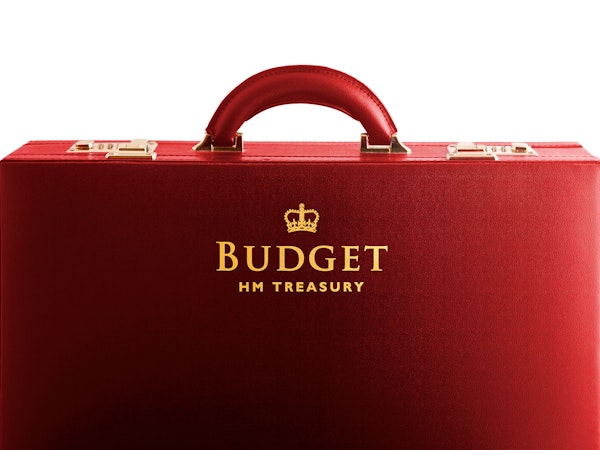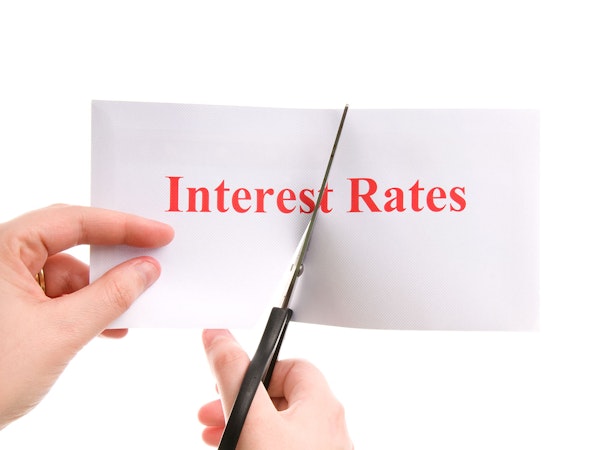Don’t be tripped up by MTD
If you have a VAT-registered business, you should now be getting used to submitting VAT returns digitally using MTD-compatible software, or bridging software to connect non-compatible software, such as spreadsheets, to HMRC systems.

Contrary to some of the advertising for accounting software, however, it is not as simple as scanning all your invoices and receipts and clicking ‘go’. Software designed to prepare VAT returns for business owners might be expected to include checks and prompts whenever it encounters anything unexpected or unusual, such as expenses that look as if they might be private. But not all MTD-compatible software does this and sometimes the VAT it calculates is simply wrong.
For example, the software might not identify whether the business uses the cash basis or the invoice basis for its VAT returns unless the information has been input correctly. Calculating VAT on the wrong basis could result in duplication or omission of output tax or input tax.
Start right
Using software does not remove your responsibility for submitting an accurate VAT return, and HMRC could charge a penalty for inaccurate returns. The government announced in March 2019 that HMRC would exercise a ‘light touch approach’ to penalties in the first year of implementation, but it is too early to predict the extent reliance on MTD-compatible software will qualify as taking reasonable care.
MTD for VAT is only the first stage in a programme that should result in most individuals and businesses filing their tax details digitally. MTD was intended to be rolled out for income tax from April 2020, but this will not now go ahead and the government has not yet announced a new target date.
If you have any queries on MTD for your business, let us know.
Not all MTD-compatible software includes checks and prompts, and sometimes the VAT it calculates is simply wrong.





